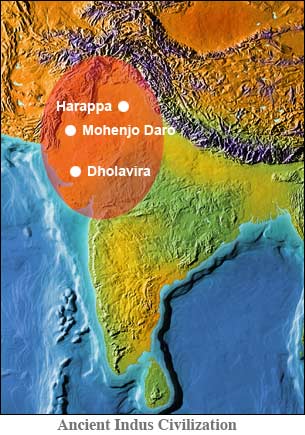Understanding Cancer: What Causes It?
Introduction :
Hello there, young explorers! Today, we're going on a journey deep into the world of cancer. Have you ever wondered what causes cancer? Well, you're in the right place because we're going to unravel the mystery behind this serious disease in simple and easy-to-understand terms.
What Is Cancer? :
Before we dive into the causes, let's understand what cancer is. Cancer is a disease that happens when the body's cells start to behave differently. Instead of growing and dividing in an orderly way, they go haywire and form a lump or a mass called a tumor. These tumors can be harmful and affect how our bodies work.
Causes of Cancer :
Now, let's get to the heart of the matter—what causes cancer? There isn't just one single cause; cancer can happen because of a combination of things. Here are some of the main factors:
Genes: Our genes are like instruction manuals for our bodies. Sometimes, changes or mutations in our genes can lead to cancer. These mutations can be inherited (passed down from our parents) or happen during our lifetime.
Lifestyle Choices: Some things we do in our daily lives can increase the risk of cancer. Smoking, for example, is a major cause of lung cancer. Eating unhealthy foods and not getting enough exercise can also play a role.
Environmental Factors: Our surroundings can expose us to cancer-causing substances. These are called carcinogens. They can be found in polluted air, harmful chemicals, and even in the sun's UV rays.
Infections: Certain infections, like the human papillomavirus (HPV) and hepatitis B and C, can increase the risk of cancer. Getting vaccinated against these infections can help lower the risk.
Radiation: Exposure to high levels of radiation, such as from X-rays or nuclear accidents, can damage our cells and increase the risk of cancer.
Age: As we get older, our risk of developing cancer goes up. This is because our cells have had more chances to develop changes or mutations.
Family History: Sometimes, cancer can run in families. If you have close relatives who have had cancer, it might slightly increase your risk.
Prevention and Healthy Habits :
Now that we know some of the causes, let's talk about what we can do to lower our risk of getting cancer:
Eat Healthy: Fill your plate with lots of fruits and vegetables. They are full of vitamins and nutrients that help keep our bodies strong.
Stay Active: Exercise is like a superhero for your body. It keeps you fit and healthy and reduces the risk of cancer.
Don't Smoke or Use Tobacco: If you don't start smoking, you won't have to quit later. Smoking is a major cause of cancer, so it's best to avoid it altogether.
Limit Sun Exposure: When you're out in the sun, wear sunscreen and protective clothing to shield your skin from harmful UV rays.
Get Vaccinated: Some vaccines, like the HPV vaccine, can protect you from infections that can lead to cancer.
Screening and Early Detection: Regular check-ups and cancer screenings can help catch cancer early when it's easier to treat.
Reduce Exposure to Harmful Chemicals: Be cautious around things like cleaning products and pesticides. Follow safety guidelines when using them.
Be Mindful of Your Family History: If cancer runs in your family, talk to your doctor. They can help you understand your risk and take steps to reduce it.
Conclusion :
So, there you have it, young detectives—cancer doesn't have just one cause, but several factors can increase the risk. The good news is that we can take steps to lower our chances of getting cancer by making healthy choices and being cautious of our surroundings.
Remember, knowledge is power! Learning about cancer and how to prevent it is a step in the right direction. Share this knowledge with your family and friends, and together, we can work towards a world where cancer is less common, and more people live long, healthy lives. Stay curious and stay healthy!



Comments
Post a Comment